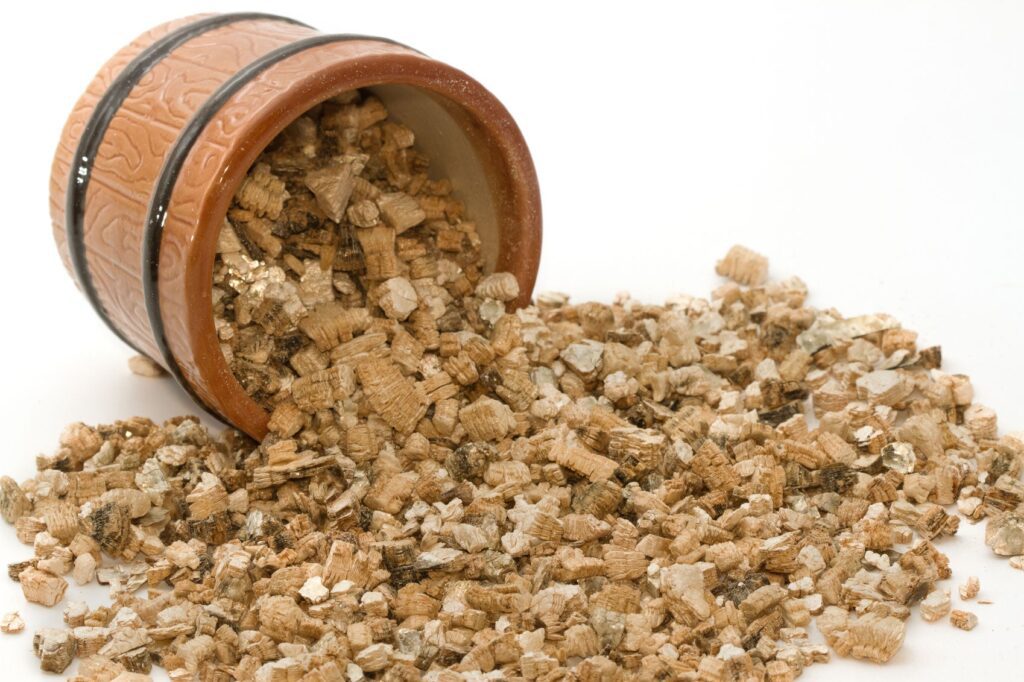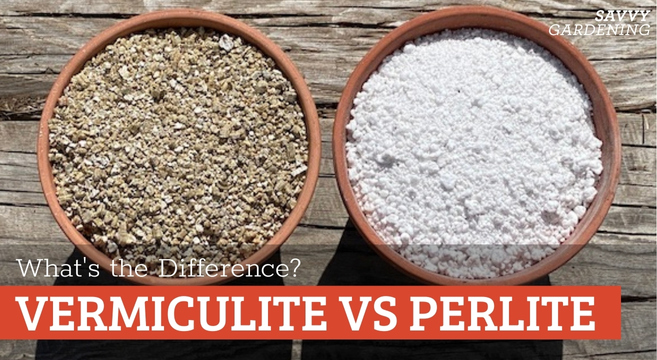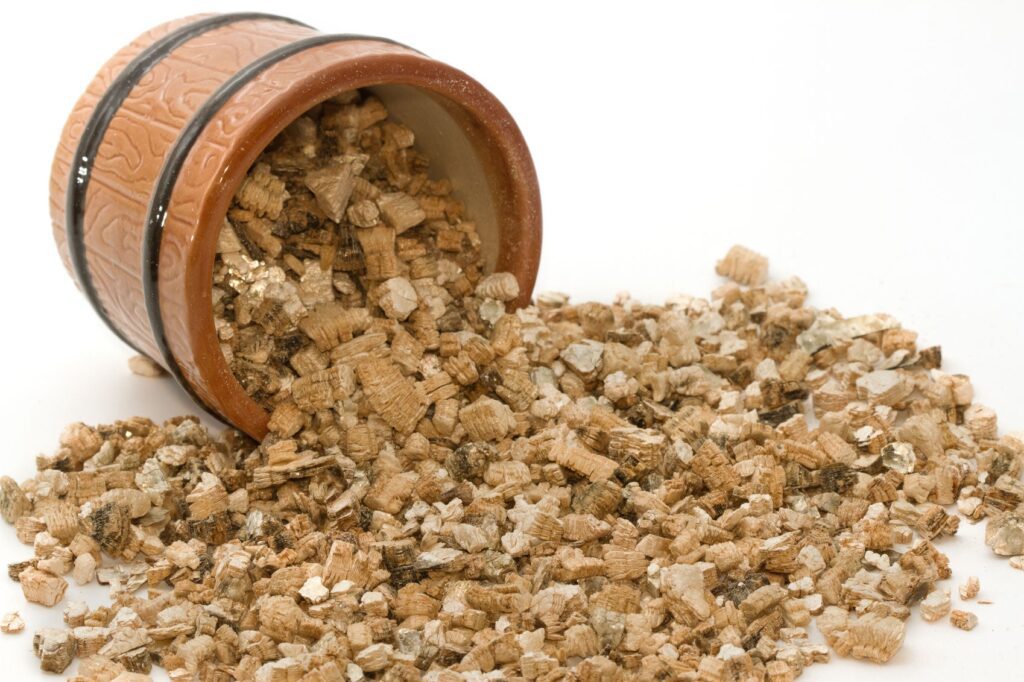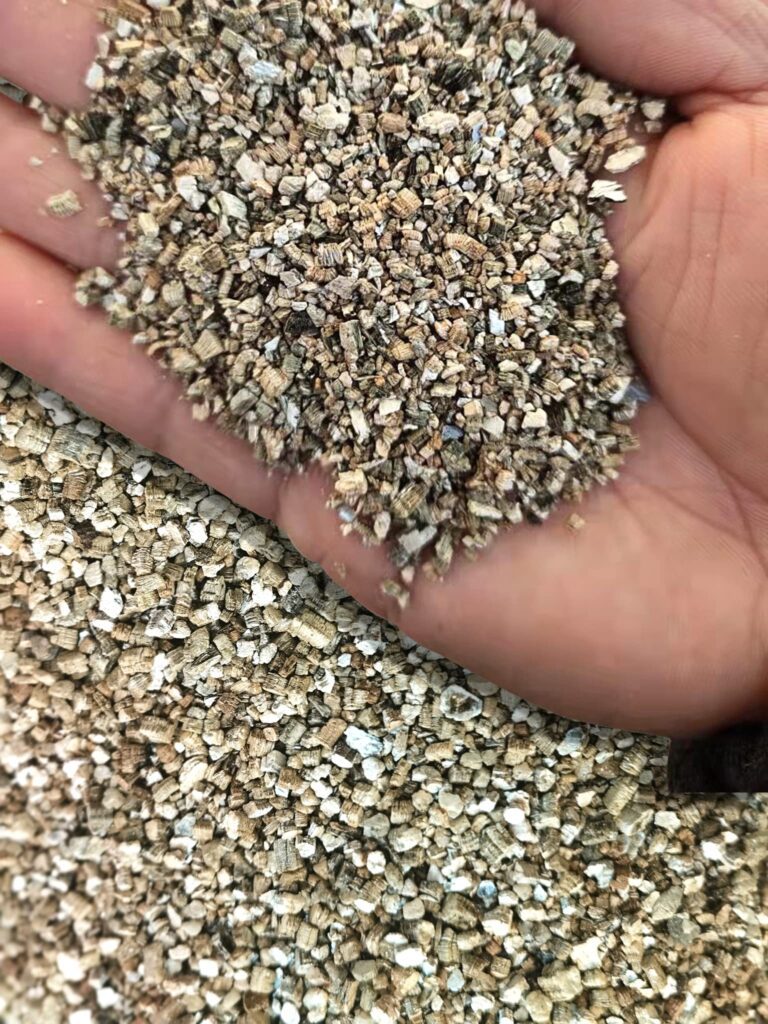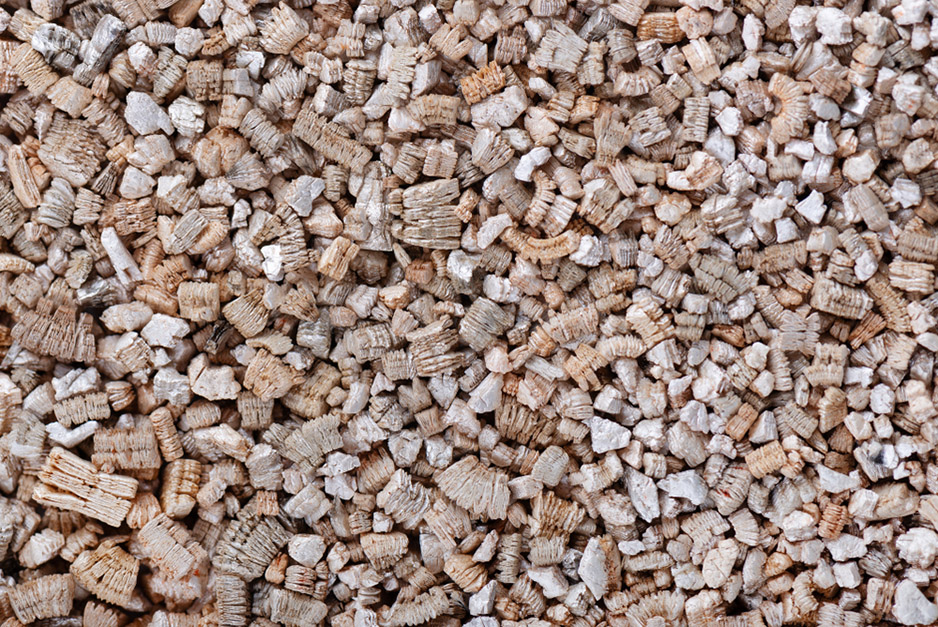Hey there! Ever wondered how long vermiculite can last in soil? Well, you’re in the right place! In this article, we’ll explore the lifespan of vermiculite in soil and uncover the factors that can affect its longevity. Whether you’re an avid gardener or just starting out, understanding how long this mineral can sustain its benefits in your garden is key to making informed decisions about soil amendments. So, let’s dig in and find out the scoop on vermiculite’s lifespan in soil!


What is Vermiculite?
Definition of Vermiculite
Vermiculite is a naturally occurring mineral that undergoes a process of exfoliation when heated. It is a lightweight, porous material that resembles mica in appearance. The name “vermiculite” comes from the Latin word “vermiculus,” meaning little worm, due to the worm-like appearance of the mineral when it is exfoliated.
Properties of Vermiculite
Vermiculite has several unique properties that make it a valuable addition to soil. It has excellent water retention capabilities, effectively absorbing and holding moisture, which can be beneficial for plants in both dry and wet conditions. Additionally, vermiculite has good cation exchange capacity, allowing it to retain and release essential nutrients to plants. It also promotes aeration in the soil, providing oxygen to plant roots. Vermiculite is lightweight, sterile, and non-toxic, making it safe to use in gardening and horticulture.
Uses of Vermiculite in Soil
Vermiculite as a Soil Amendment
One of the primary uses of vermiculite in soil is as a soil amendment. As a soil amendment, vermiculite improves the soil structure, making it more crumbly and loose. This allows for better root development, nutrient absorption, and water infiltration. Vermiculite also helps to prevent soil compaction, which can hinder plant growth.
Vermiculite for Water Retention
Vermiculite’s ability to retain water is particularly beneficial in soil. It can hold up to three to four times its weight in water, allowing plants to access moisture during periods of drought or prolonged dry spells. This water retention capacity helps to maintain soil moisture levels and reduce the frequency of watering, thus conserving water resources.
Vermiculite for Root Aeration
In addition to its water retention properties, vermiculite also promotes root aeration in the soil. Its porous structure creates air pockets in the soil, enabling roots to access oxygen. This is vital for root respiration and nutrient uptake. Improved root aeration encourages healthy root development and can enhance overall plant growth and productivity.
Factors Affecting Vermiculite’s Lifespan in Soil
Type and Grade of Vermiculite
The lifespan of vermiculite in soil can vary depending on the type and grade of vermiculite used. There are different grades of vermiculite available, ranging from fine to coarse particles. Coarser-grade vermiculite tends to have a longer lifespan in soil compared to finer-grade vermiculite, as it is less prone to compacting and breaking down over time.
Soil Composition
The composition of the soil can also influence the lifespan of vermiculite. Soils with a higher clay content may retain moisture longer, which can lead to the gradual breakdown of vermiculite over time. Sandy soils, on the other hand, may have a faster drainage rate, allowing vermiculite to retain its properties for a longer duration.
Climate and Environmental Conditions
Climate and environmental factors can significantly impact the lifespan of vermiculite in soil. In regions with high rainfall or humid conditions, vermiculite may break down quicker due to increased moisture exposure. Similarly, extreme temperature fluctuations can cause expansion and contraction of the mineral, potentially leading to its degradation.
Microbial Activity
Microbial activity in the soil can also affect the lifespan of vermiculite. Certain microorganisms, such as bacteria and fungi, may contribute to the decomposition of vermiculite over time. However, the extent to which microbial activity affects vermiculite’s lifespan can vary depending on factors such as soil pH, organic matter content, and the specific microorganisms present.
Maintenance and Management Practices
The care and management practices employed in maintaining the soil can influence the lifespan of vermiculite. Over-tilling, excessive foot traffic, or improper handling of the soil can lead to the breakdown of vermiculite particles. Regularly replenishing and properly managing the soil can help extend the lifespan of vermiculite and ensure its continued benefits.
Expected Lifespan of Vermiculite in Soil
General Lifespan
The general lifespan of vermiculite in soil can range from several years to more than a decade. Factors such as those mentioned above, including the type and grade of vermiculite and environmental conditions, can contribute to this lifespan. Proper care, maintenance, and monitoring can help maximize the benefits of vermiculite in the soil and prolong its effective lifespan.
Lifespan in Different Soil Types
The lifespan of vermiculite can also vary depending on the soil type. In well-draining soils, vermiculite is less likely to break down quickly, resulting in a longer lifespan. However, in heavy clay soils, vermiculite may degrade more rapidly due to reduced aeration and limited drainage. It is important to consider the specific characteristics of the soil when determining the expected lifespan of vermiculite.
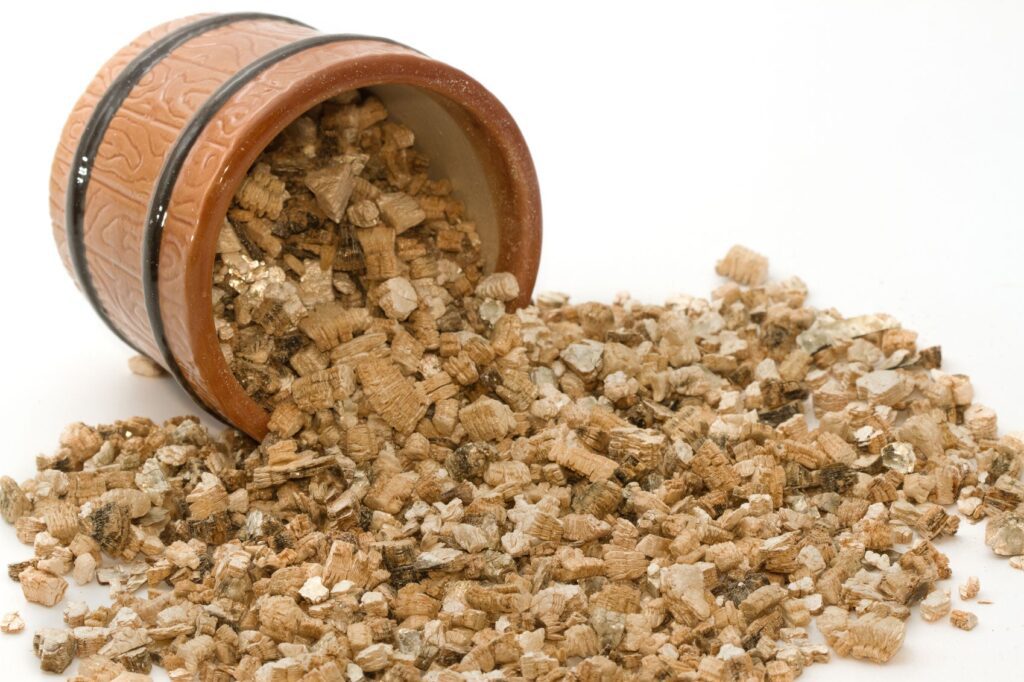

Signs of Decay or Breakdown
Changes in Vermiculite Texture
One of the signs of decay or breakdown of vermiculite in soil is a change in its texture. Initially, vermiculite has a lightweight and friable texture, but as it begins to degrade, it may become compacted and less porous. The particles may lose their distinct worm-like shape and appear denser and more compacted over time.
Decreased Water Retention
A decrease in water retention capacity is another indicator of vermiculite decay or breakdown in the soil. As vermiculite ages and breaks down, it may lose its ability to effectively retain moisture. This can lead to decreased water availability for plants and potentially impact their growth and survival.
Diminished Root Aeration
When vermiculite degrades, its ability to provide root aeration may be compromised. If the porosity of the vermiculite particles diminishes, it can limit the flow of air through the soil, affecting root respiration. Diminished root aeration can have negative consequences for the overall health and vigor of plants.
Options for Replenishing or Replacing Vermiculite
Adding Fresh Vermiculite to Soil
One option for replenishing vermiculite in soil is by adding fresh vermiculite to the existing soil. This can help restore the soil’s water retention capacity, improve aeration, and promote overall soil health. By incorporating fresh vermiculite into the soil, its lifespan can be extended, providing continued benefits for plant growth.
Alternative Soil Amendments
In cases where vermiculite has significantly degraded or is no longer effective, alternative soil amendments can be used. Peat moss, perlite, coconut coir, and compost are some examples of alternative amendments that can improve soil structure, water retention, and aeration. These amendments offer similar benefits to vermiculite and can be used as substitutes when necessary.


Understanding Vermiculite Controversies
Asbestos Concerns
One of the controversies associated with vermiculite is its potential asbestos content. Some vermiculite deposits, particularly those mined in Libby, Montana, were found to contain asbestos fibers. However, not all vermiculite products contain asbestos, and modern vermiculite processing methods have significantly reduced the likelihood of asbestos contamination. It is crucial to source vermiculite from reputable suppliers and ensure its asbestos-free certification.
Ecological Impact
Another concern related to vermiculite is its ecological impact. The process of mining and manufacturing vermiculite can have environmental implications, such as habitat disturbance and energy consumption. However, sustainable mining practices and proper waste management can help mitigate these impacts. Additionally, the benefits of vermiculite in improving soil health and promoting plant growth should be weighed against any potential ecological concerns.
Safety and Health Considerations
When handling vermiculite, it is important to take safety precautions. While the risk of asbestos exposure from vermiculite is generally low in modern products, it is still advisable to minimize dust generation and avoid inhaling or ingesting vermiculite particles. Wearing appropriate personal protective equipment, such as gloves and masks, can help ensure safe handling practices.
Proper Disposal of Used Vermiculite
Guidelines for Safe Disposal
When it comes to disposing of used vermiculite, it is essential to follow specific guidelines to ensure safe disposal. If vermiculite is known or suspected to contain asbestos, it should be handled as asbestos-containing material (ACM) and disposed of accordingly. Local regulations and guidelines regarding ACM disposal should be adhered to, and it is advisable to contact local waste management authorities for specific instructions.
Recycling Options
As vermiculite is a reusable material, recycling options may be available. Some recycling centers or waste management facilities may accept used vermiculite for processing and repurposing. Contacting these facilities and inquiring about their recycling programs can provide information on how to responsibly recycle vermiculite.
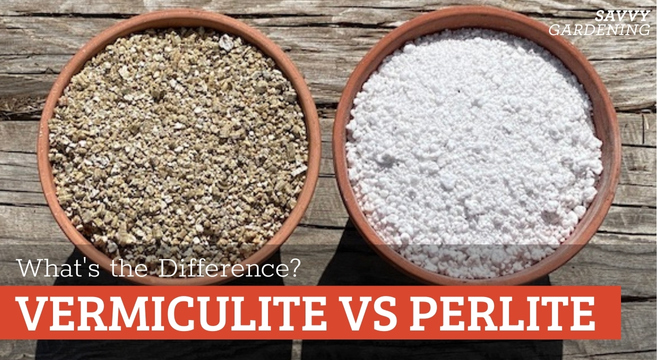

Conclusion
Vermiculite is a versatile mineral that offers numerous benefits when used in soil. Its ability to improve soil structure, enhance water retention, and promote root aeration make it a valuable addition to gardening and horticultural practices. While factors such as type and grade of vermiculite, soil composition, and environmental conditions can influence its lifespan in soil, proper maintenance and care can help maximize the benefits and extend its effectiveness. Understanding the potential controversies, such as asbestos concerns and ecological impact, allows for informed and responsible use of vermiculite. By following proper disposal guidelines and exploring recycling options, the lifecycle of vermiculite can be managed in an environmentally conscious manner. Ultimately, utilizing vermiculite in soil can contribute to healthier plants, improved yields, and sustainable gardening practices.

